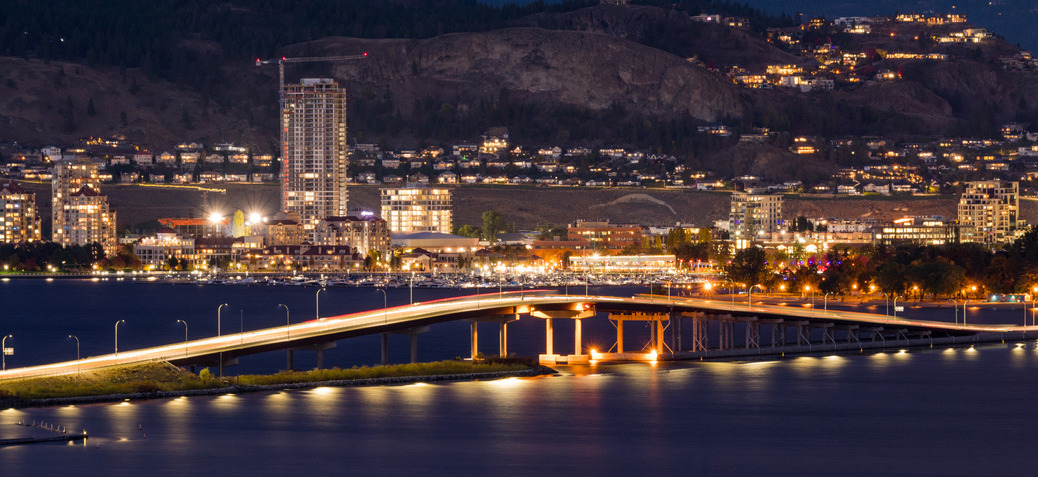Poised for growth
The City of Kelowna: Plans in place, all poised for growth
Kelowna is a city on the rise. With a growing population, diverse economy, and rich natural environment, it has much to offer its residents and visitors. Aware of the many challenges ahead as it becomes a bigger and more exciting city, it wants to make sure it still is a great place to live, work, learn and play while taking care of the environment and the economy. Rest assured, this thriving City has its plans in place, all poised for growth as it continues to evolve to be a more urban and dynamic city.
Planning for a growing city
A growing city needs a good plan. We need to think about how we can welcome 50,000 more people to Kelowna by 2040 and preserve what we love about our city, like our stunning nature, our evolving communities, and our fun activities, keeping it livable and lovable, certainly making this city uniquely fascinating.
You might be wondering what the Official Community Plan (OCP) is all about. Well, it's basically the city's big picture plan. It covers areas like where we can build new homes and businesses, how we can improve efficiency as we travel around the city, where to add parks and green spaces, and what kind of services and facilities we need, to ensure that our city continues to be an incredible place to call home.
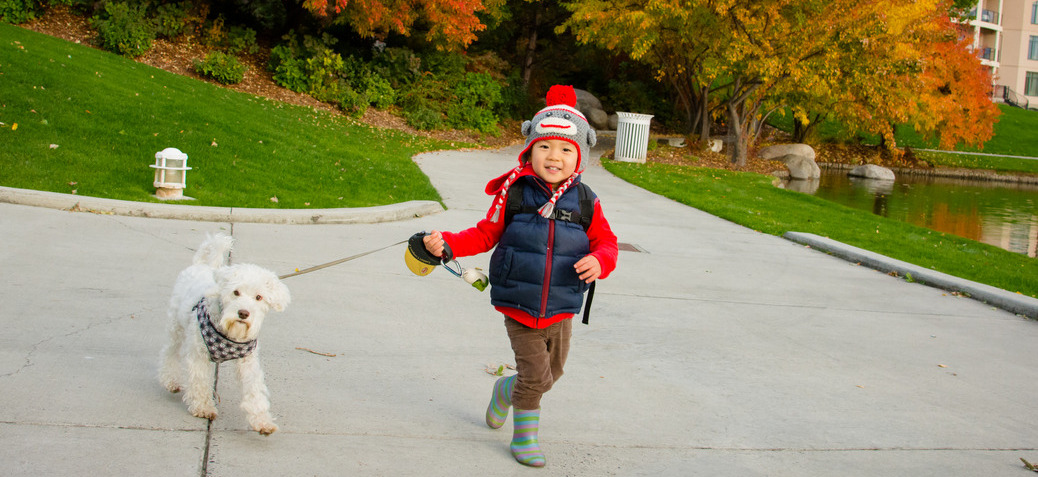
But what does the OCP mean for you? How does it affect your daily life and your future in Kelowna? Well, the OCP is more than just a document. It is a tool to help shape the city we want to live in, work in, and enjoy. It is a roadmap to ensure that Kelowna grows in a way that meets the needs and aspirations of all its residents. It is a framework to guide decisions on how we use our land as we prepare to welcome more residents, how we can move around to ensure we are efficient in getting to different destinations, near or far, how we protect our environment minding the impact of our actions and decisions, not only today, but also for generations to come. It also minds how we support our local economy, ensuring businesses get the services and support they need to thrive, and how we foster our community well-being. It reflects our shared values and collective vision – to see a diversity of people living in different types of homes fit to their lifestyles and life stage, more employment opportunities, more parks, and more fun, fulfilling activities for all ages and abilities to venture into.
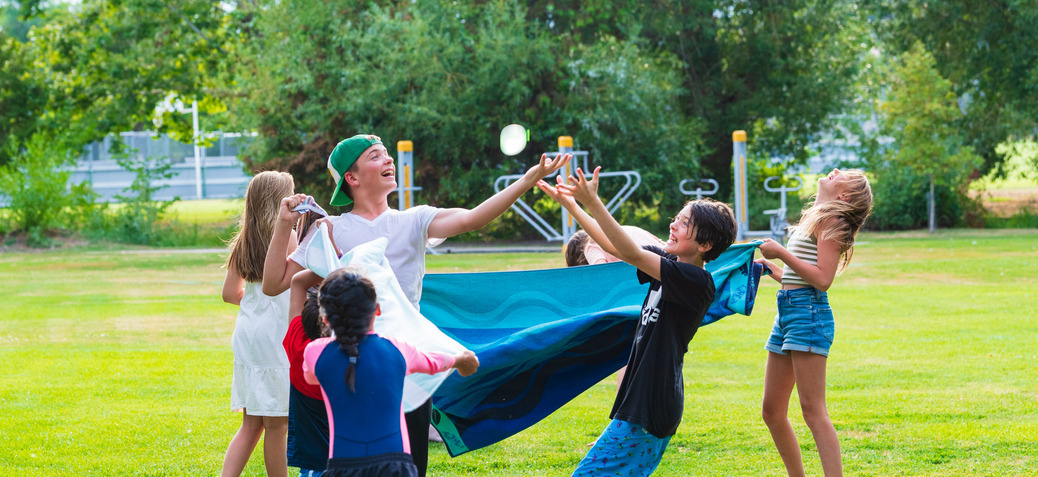
The OCP is not set in stone. It may shift depending on trends and priorities that will need immediate focus or attention. But it will always remain to be a way for you to get involved in helping shape the future of your city through open houses and online surveys organized by the City team. You can take part in the update process and share your ideas, opinions, and feedback on various topics and themes. You can learn more about the current and projected trends, challenges, and opportunities that affect Kelowna. You can explore different scenarios and options for how the city could grow and evolve over time. And you can help shape the policies and strategies that will guide the city's development for the next 20 years and beyond.
So, whether you are a long-time resident or a newcomer, a homeowner or a renter, a student or a retiree, a business owner or an employee, a cyclist or a driver, a nature lover or a socio-cultural advocate or supporter, the OCP is relevant to you. You were after all an integral part of the plan, including your voice, for your city.
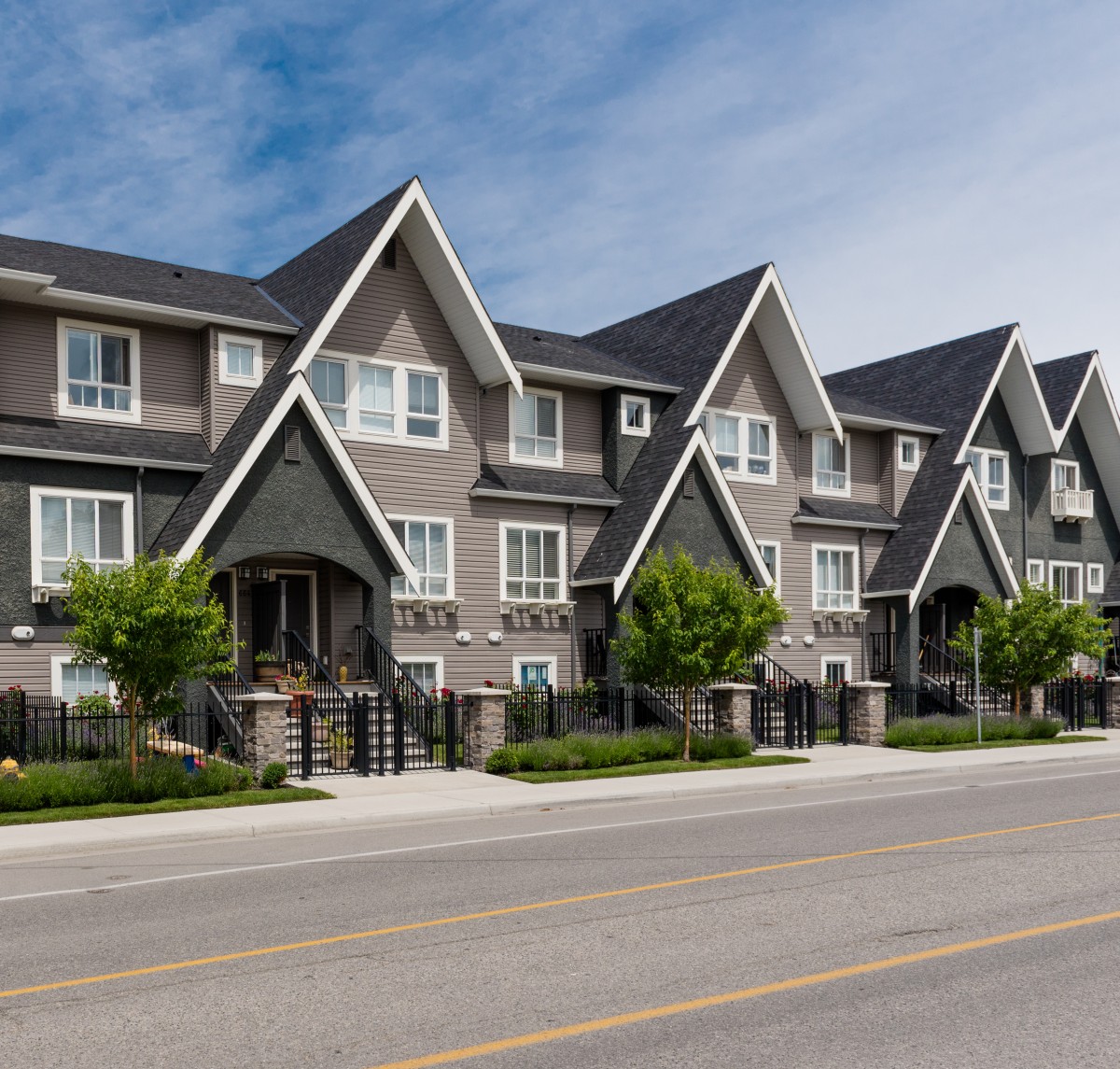
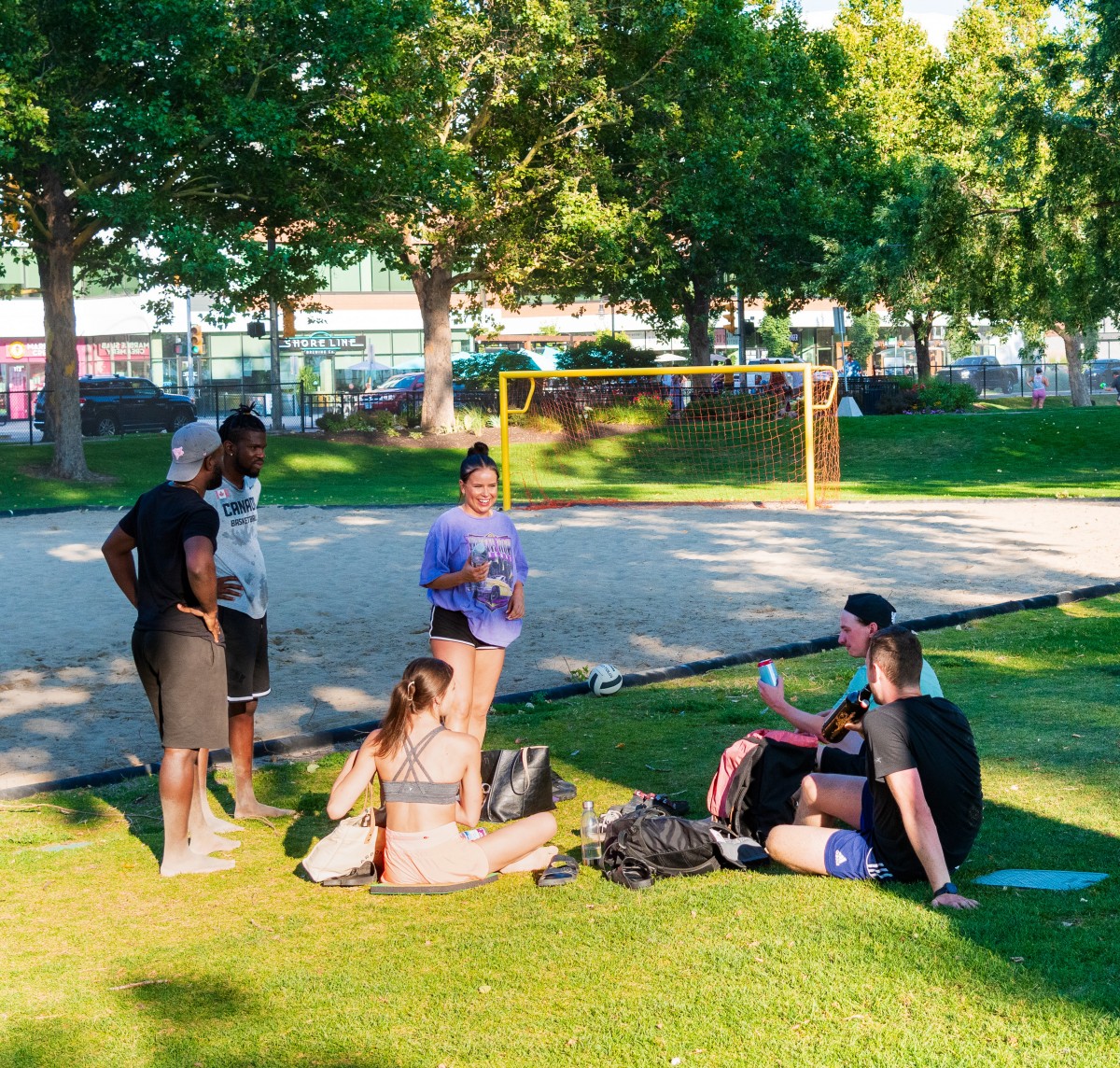
Housing, parks & more options to get around
The City knows there are matters that are important to its residents, and the City wants to give attention and work on these things, too. That's why they have some plans and ideas with the aim of making things better. However, city planning is not easy. There are various strategies and initiatives to address issues on transportation, crime and safety, climate change, drinking water, including finding its funding sources. The City consistently aims to ensure that its residents understand how it takes care of these relevant areas of concern. One of the main challenges is to also see that these plans are coordinated and aligned with each other, as the City has varied timings in its planning & execution ranging from below 10 years to as much as a 40 year-horizon.
As the city grows, it wants to make sure it grows in the right places. Kelowna has a vision for developing its Urban Centres – the areas where people can live, work, shop and play close to each other. These centres are guided by the Official Community Plan and Zoning Bylaw, which set the rules for what kind of development can happen where. There is also a plan for the North End, a unique neighbourhood with a lot of potential. To encourage development in these areas, there are tax breaks in place for projects that meet certain criteria or standards. “When thinking about where to focus on high density development, you want that land use mix. You want locations that already have a fair amount of employment or you’re anticipating a lot of employment. You're looking for opportunities for people to live near those jobs or closer to shops or amenities. The five Urban Centres had already started to grow organically over time. The areas had a lot of criteria already like activities, services, jobs and things to do. And all that came about as an effort to slow the outward growth of the city and to protect the agricultural and environmentally sensitive lands,” says Robert Miles, the City’s Long range Policy Planning Manager.
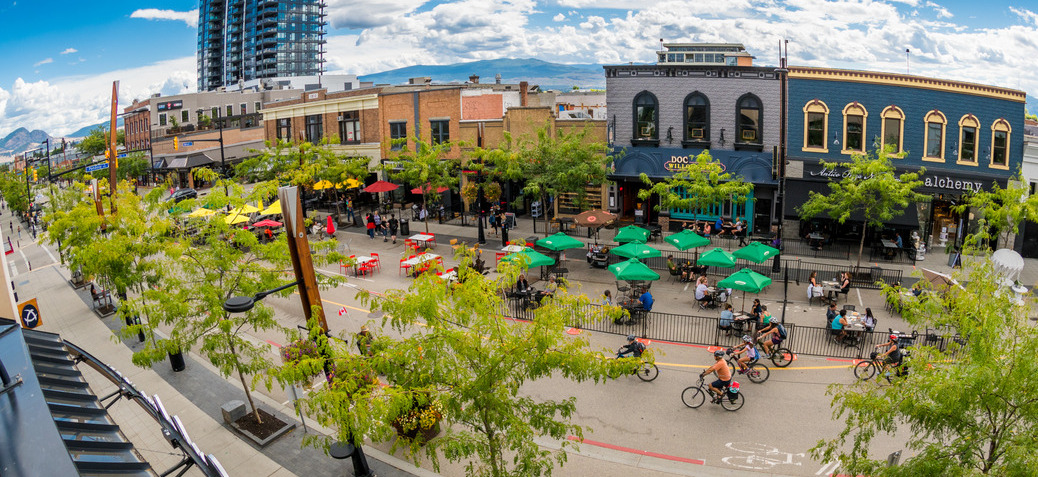
Kelowna’s population has grown faster than expected, placing further pressure on housing, and housing diversity is vital for a community to adapt and thrive. The City has seen a growing preference for multi-unit housing, especially low-rise apartments, that offer more options. However, there is still potential for expanding ground-based multi-unit housing – also known as the “missing middle” – that fills the gap between single-family homes and high-rise buildings. A housing needs assessment has been done and an incentive discussion is likewise planned with the Council in 2024. Infill Housing Planning Manager James Moore shares “Even with my over a decade tenure at the city, the growth we’ve seen has been rapid, much faster than what I saw as a kid and much faster than my early years with city. The way the housing market has responded to growth is fundamentally different than it was. And we’ve seen a big ground shift in how the development community delivers housing, and that’s mainly due to pricing and land, and they’re related. If we had endless flat land around us, we’d probably still be building relatively affordable detached homes just further and further away. But we don’t have that luxury. Because 55% of the city is protected for agricultural use, and much of the remaining land is too steep to build on. We don't have much more undeveloped land to continue to build out. So, we’ve started looking at the areas we've already developed to see how those areas can be used more efficiently.”
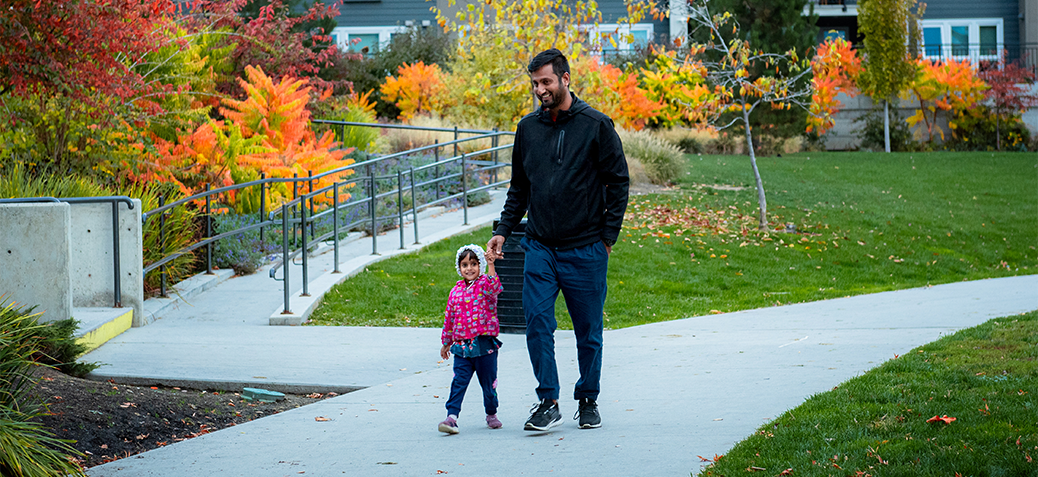
On parks and public spaces, the City recognizes that these are important for making a city more livable and attractive as they provide opportunities for recreation, socializing, wellness and nature connection. The Parks Master Plan is underway and intends to guide the team on how parks can effectively contribute to the development of the Urban Centres, where there is more demand and less space. Currently, the proximity of Kelowna residents to parks stays high at 88.6%. The aim is to have more people in existing neighbourhoods enjoy and have access to such amenities and get more value from the City’s parks investments. An ambitious growth scenario estimated that up to 90% of residents would live within a short walk of a park.
Meanwhile, another key aspect to the City’s growth strategy is to provide more options for how people move around the city. It wants to address it in a sustainable way that's why it is promoting alternative modes of transportation, such as walking, cycling and transit, that can reduce the number of cars on the road, lower greenhouse gas emissions, and improve health outcomes.
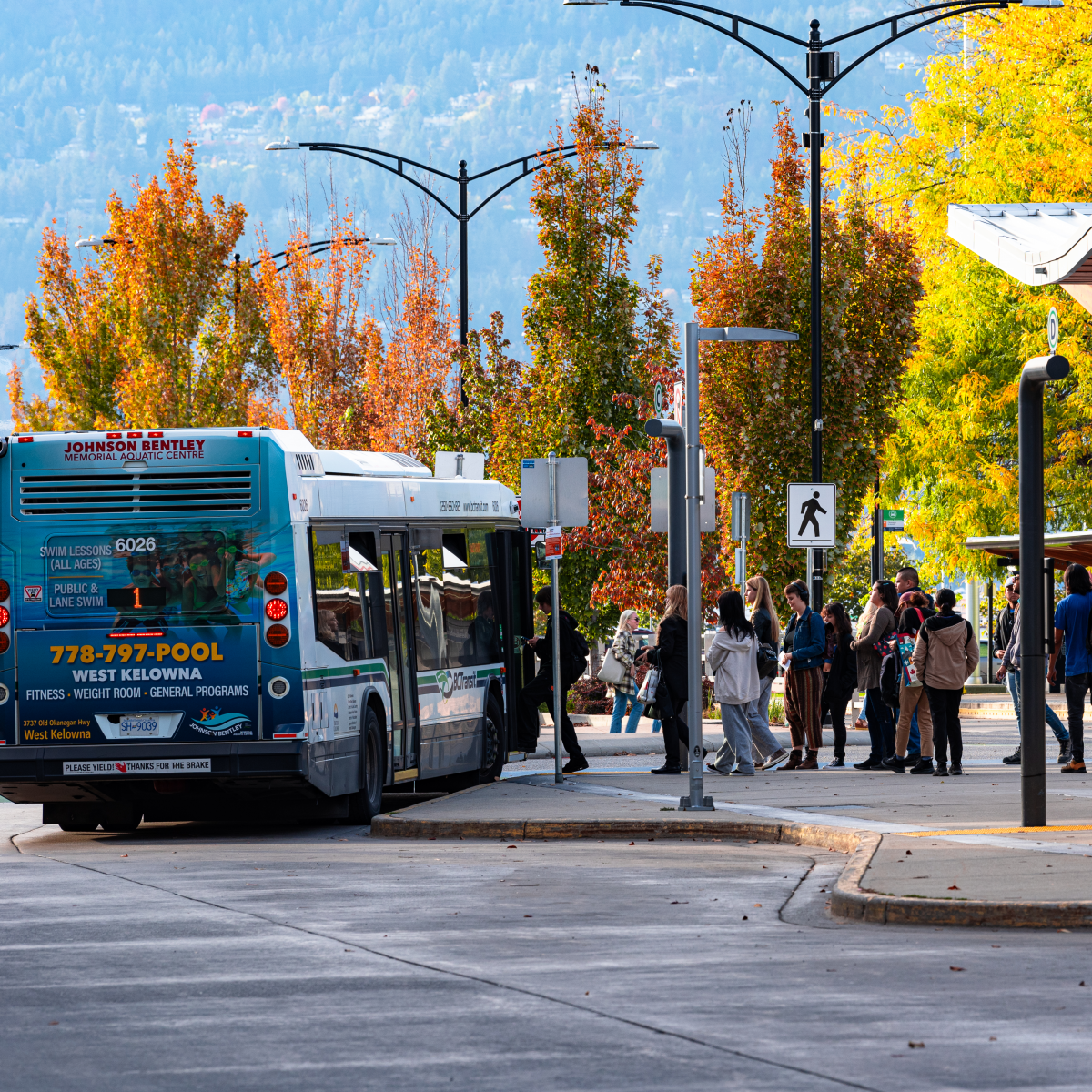

Making room to grow
The City knows that there are a lot of things to think about and do. It understands that some problems are not easy to solve and wants to find new and better ways to deal with them, signifying its sincerity, and accountability to the community. It keeps track of its accomplishments and updates the public through progress reports that are easily accessed in the official City website.
With these plans all in place, making room for people to live, work, learn & play can be done. Creating a better future for Kelowna and its residents not just for today, but also for generations to come, is indeed possible.


